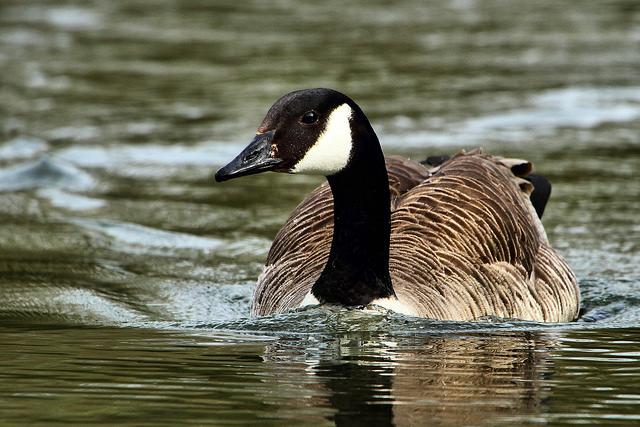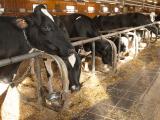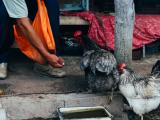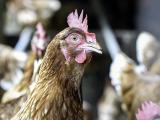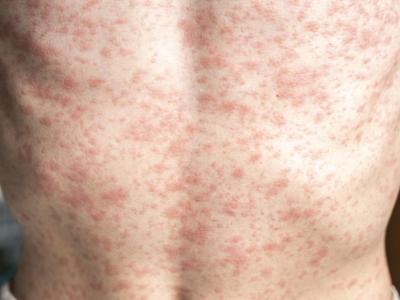Highly pathogenic avian influenza (HPAI) H5N8 viruses have been found in two more wild birds in the western United States and also in a pair in Sweden, and US officials have provided a few new details on the recent H5N2 outbreak in Kansas.
Surveillance of wild birds led to the identification of H5N8 in a Canada goose and an American wigeon in southwestern Oregon's Klamath County, according to a Mar 20 report that the US Department of Agriculture (USDA) submitted to the World Organization for Animal Health (OIE).
The finding is the latest in a series of H5N8 detections in wild birds, backyard poultry, and commercial poultry in the western United States since December. The virus has surfaced in Washington, California, Idaho, and Nevada as well as Oregon. Unlike H5N2, it has not yet been detected in the central part of the country.
Infected swans in Sweden
In Sweden, two mute swans in Stockholm tested positive for HPAI H5N8, Swedish agricultural officials told the OIE on Mar 20. The report apparently marks the first appearance of this H5N8 strain in Sweden, though it turned up in England, the Netherlands, Germany, and Italy last November.
The report said two groups of five swans each were found dead and tested in the course of routine surveillance. The first five tested negative and were found to have died of lead poisoning. The second group all tested positive for influenza A, but they also had signs of lead poisoning or traumatic injury. Two of them then tested positive for H5N8.
Sweden has had no H5N8 outbreaks in poultry, and the report said the swan findings do not change the country's OIE disease-free status, since the swans were wild.
Wild birds implicated in Kansas outbreak
In other developments, the USDA, in another OIE report, listed contact with wild birds as the cause of an H5N2 outbreak that was reported last week in a backyard poultry flock in northeastern Kansas. The agency said the flock had contact with wild ducks.
The report also said that partial sequencing of the virus's hemagglutinin and neuraminidase (H and N) genes showed they were more than 99% similar to those in an H5N2 virus collected from a northern pintail duck in Washington state in December.
The USDA said the backyard poultry flock in Kansas consisted of 21 chickens and ducks, 8 of which died of the infection. The rest were killed to prevent any further transmission.
Kansas was the fourth state in the central United States to report an H5N2 outbreak this month; previous ones were reported in turkey flocks in Minnesota, Missouri, and Arkansas. Earlier this month the USDA said the isolates from outbreaks in those states also looked more than 99% similar to the Washington pintail duck virus.
CDC: H5 viruses susceptible to antivirals
In still other news, the Centers for Disease Control and Prevention (CDC) said tests indicate that the HPAI H5 viruses recently found in the United States are susceptible to the antiviral drugs oseltamivir (Tamiflu), zanamivir (Relenza), and peramivir.
In an updated risk assessment on avian flu outbreaks and their human health implications, the CDC said it has received HPAI H5N8 and H5N2 samples and is studying them. "The domestic HPAI H5 viruses that have been tested at CDC are susceptible to the recommended antiviral drugs oseltamivir, zanamivir and peramivir," the Mar 20 statement said.
The agency said it regards the risk to people from avian flu outbreaks as low at this time "because infections with avian influenza viruses are rare and—when they occur—these viruses have not spread easily to other people. However it's possible that human infections with HPAI viruses associated with these outbreaks in birds may occur at some time."
The statement also noted that the CDC is testing H5N1 vaccines in the Strategic National Stockpile to see if they would provide any protection against the H5N8 and H5N2 viruses.
See also:
Mar 20 US OIE report on H5N8 in Oregon
Mar 20 Swedish OIE report on H5N8
Mar 20 US OIE report on H5N2 in Kansas
Mar 20 CDC avian flu risk assessment
Related Mar 18 CIDRAP News story on role of wild birds in US outbreaks
